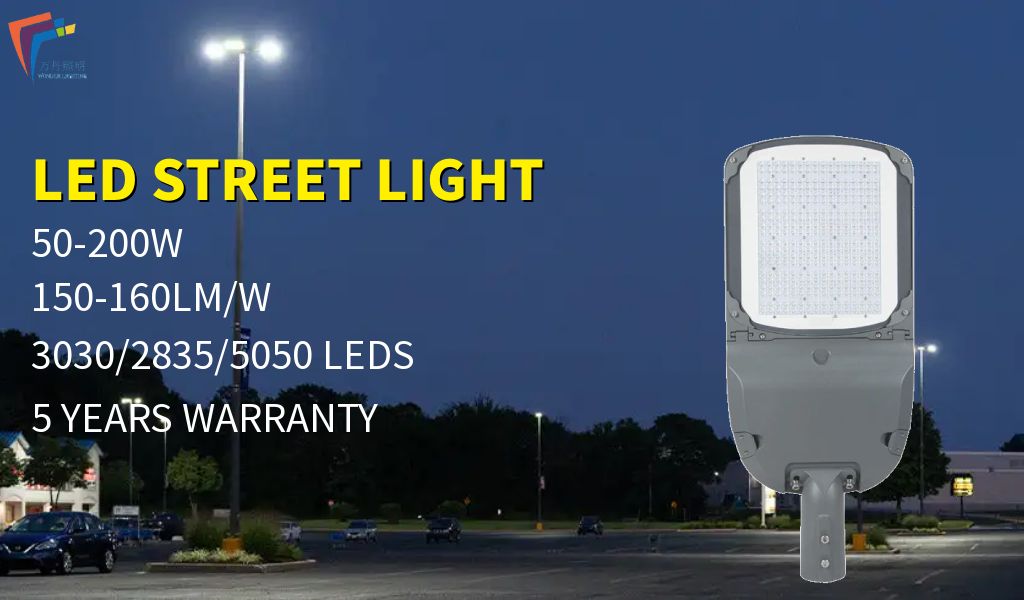As an important part of modern road lighting, LED tunnel lights’ driving power and heat dissipation design play a vital role in performance and lifespan. This article will introduce you in detail to the key points of LED tunnel light drive power supply and heat dissipation design.
Selection of driving power supply
The driving power supply is a necessary component for the normal operation of LED tunnel lights. Its quality and stability directly affect the performance and life of the LED lights. When selecting a driving power supply, there are several points to note:
- 1. Power matching: The power of the driving power supply should match the power of the LED lamp. If it is too high or too low, it will affect the performance of the lamp. Generally speaking, the rated power of the driving power supply should be slightly higher than the actual power of the LED light to ensure long-term operation stability.
- 2. Input voltage range: The input voltage range of the driving power supply should match the actual use environment to avoid lamp failure due to voltage fluctuations. Generally speaking, the input voltage range of LED tunnel lights is AC 85V-265V.
- 3. Efficiency and power factors: High-efficiency driving power can save energy, reduce power consumption, and extend the service life of the lamp. At the same time, power factor is also one of the factors that need to be considered when selecting a driving power supply. A higher power factor can reduce the loss of reactive power and improve energy utilization.
- 4. Safety performance: The driving power supply needs to have safety functions such as overload protection, short circuit protection and overvoltage protection to ensure the normal operation and safety of the lamp.
The importance of thermal design
The heat dissipation design of LED tunnel lights is a key factor in ensuring long-term stable operation and extending their lifespan. Because LED lamps have high luminous efficiency, but their own luminous efficiency is not high, most of the electrical energy is converted into heat. If the heat dissipation is not good, the temperature of the lamp will rise, which will affect the performance of the driving power supply and the lamp. .
During the thermal design process, the following points should be noted:
- 1. Selection of heat dissipation materials: High-quality heat dissipation materials can effectively improve the heat dissipation effect. Common heat dissipation materials include aluminum substrates, copper substrates, ceramic substrates, etc. Among them, aluminum substrates have the best heat dissipation effect and are currently the most widely used heat dissipation material in LED lamps.
- 2. Design of heat dissipation structure: A reasonable heat dissipation structure can increase the heat dissipation surface area and improve the effect of air on lamp heat dissipation. By increasing the number and size of heat sinks and rationally setting cooling air ducts, the temperature of the lamp can be effectively reduced.
- 3. Use of cooling fans: For larger power LED tunnel lights, cooling fans can be used to assist in heat dissipation and improve the heat dissipation effect. When selecting a cooling fan, factors such as its noise and lifespan should be considered.
The driving power supply and heat dissipation design of LED tunnel lights play a vital role in ensuring their performance and lifespan. When purchasing LED tunnel lights, you should pay attention to choosing a stable and high-performance driving power supply, pay attention to heat dissipation design, and rationally select heat dissipation materials and structures to ensure stable operation and long life of the lamps.


